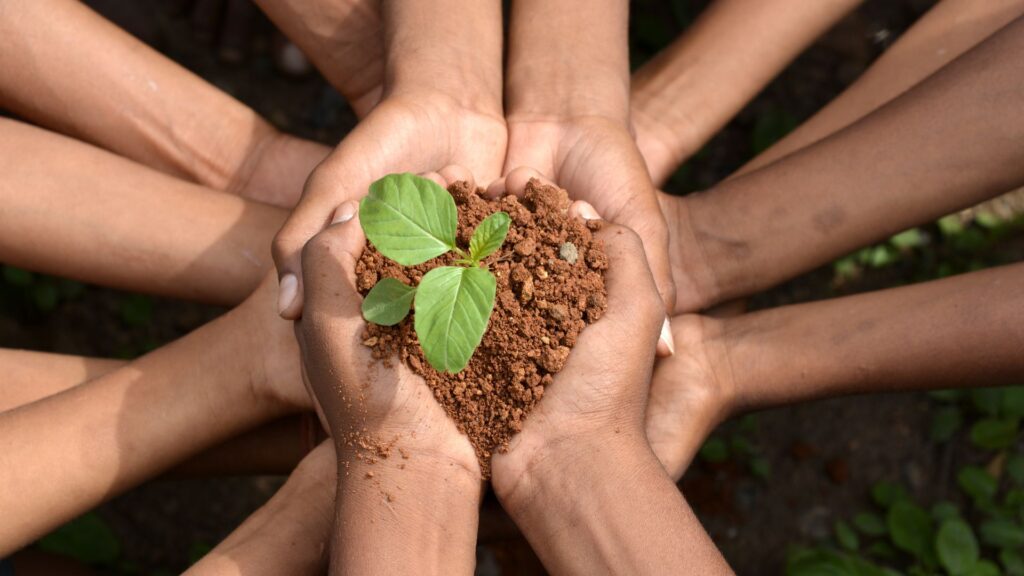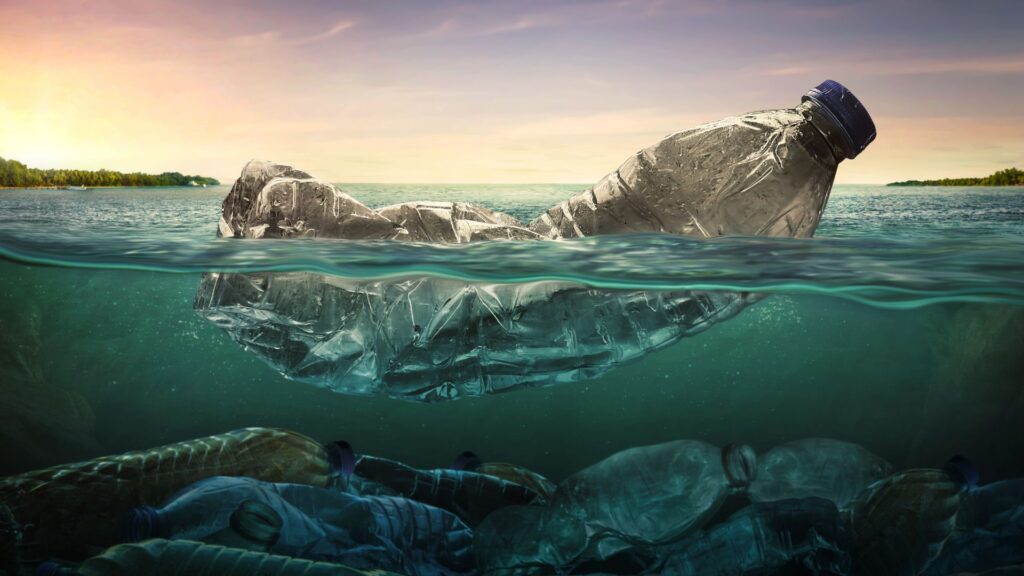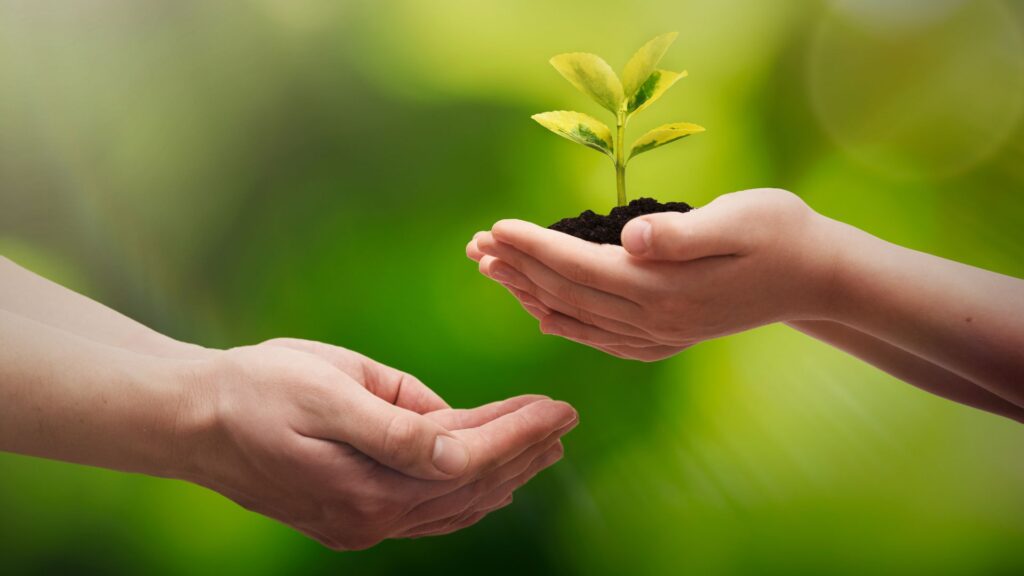World Environment Day 2025 - why do we need to fight plastic?
World Environment Day is celebrated on 5 June each year. It was established in 1972 by the UN General Assembly at the Stockholm Conference, whose theme was environmental protection.
World Environment Day is celebrated on 5 June each year. It was established in 1972 by the UN General Assembly at the Stockholm Conference, whose theme was environmental protection.
The aim of establishing this day was to raise awareness of environmental issues worldwide and to encourage societies to take real and concrete action to protect the environment. The Stockholm Conference also resulted in the establishment of the United Nations Environment Programme (UNEP), which has since coordinated the celebration of the day in cooperation with the host country.

South Korea to host celebrations in 2025
In 2025, South Korea became the host, which is the second time it has held the role. The first time was in 1997. This year's celebrations will take place mainly on Jeju Island, which has gained international recognition for its commitment to the fight against plastic. The island's authorities have set the goal of completely eliminating plastic pollution by 2040.
On 5 June, a ceremony will be held at the Jeju International Conference Centre with the participation of some 1,300 delegates from 20 countries, as well as representatives of international organisations.
South Korea's Ministry of Environment emphasises that the event will provide an opportunity to discuss the prospects for international cooperation in the fight against plastic and to develop joint action plans for a circular economy.
Themed 2025: "Beat Plastic Pollution".
Each year, World Environment Day celebrations focus on a different pressing issue. In the past, themes have included air quality, climate change or loss of ecological diversity. In 2025, the focus is on the fight against plastic pollution with the slogan: 'Beat Plastic Pollution'.
It is a call for attention and immediate action to reduce plastic consumption and minimise its harmful effects on the environment.

The scourge of plastic - data that worries
The problem of plastic pollution is growing at an alarming rate:
- More than 400 million tonnes of plastic are produced annually, half of which is disposable.
- Only 9% of this mass is recycled.
- Every year, around 11 million tonnes of plastic ends up in rivers, lakes and oceans.
- An additional 13 million tonnes of plastic accumulates in the soil, mainly due to poor waste management and illegal dumping.
Microplastics - small plastic particles up to 5 millimetres in diameter that end up in the air, water, food and even the human body - are a growing threat. It is estimated that each of us consumes 5 grams of microplastic particles per week. Traces of it have already been detected in the lungs, brain and even placenta. The burning and dumping of plastics threatens biodiversity and pollutes all the planet's ecosystems.
The UN warns that the world is on the brink of disaster if immediate and decisive action is not taken. According to their projections:
- By 2025, plastic production could reach 516 million tonnes per year.
- By 2060, this figure could exceed 1.2 billion tonnes.
- The amount of plastic in aquatic ecosystems could almost triple by 2040.
- Air pollution above safe standards can increase by 50%.
- The chance of keeping global warming below 1.5°C will drastically decrease.

How can we contribute to reducing plastic?
Each of us has an impact on the environment - even small changes in daily habits can have positive results.
Here are some simple ways to reduce plastic consumption:
- Segregate waste - this is a fundamental and also very important step towards effective recycling.
- Use reusable bags - swap disposables for durable cloth bags.
- Choose products with eco-friendly packaging - opt for paper, glass and metal instead of plastic.
- Drink water from reusable bottles - it's healthier and greener.
- Don't use plastic cutlery and disposable crockery - replace them with durable alternatives.
- Choose clothes made of natural materials - try to buy clothes made of natural fabrics (cotton, linen) instead of synthetic materials.
- Repair instead of throwing away - give objects a second life.
- Check the composition of cosmetics and cleaning products - avoid products containing microplastics.



